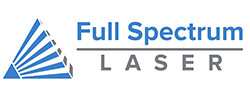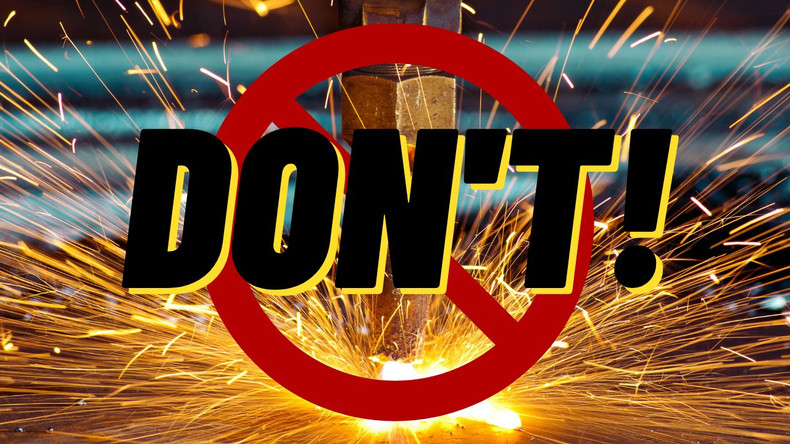CO2 lasers have revolutionized the world of cutting and engraving with their precision and versatility. These devices have found applications in various industries, from manufacturing to arts and crafts. However, it's important to recognize that not all materials are safe to cut with a CO2 laser. To ensure both your safety and the longevity of your laser system, it's crucial to be aware of the materials that are incompatible with these lasers.

Materials to Avoid
PVC (Polyvinyl Chloride): PVC is commonly used in pipes, signage, and vinyl materials. When subjected to a CO2 laser's heat, it releases toxic chlorine gas and corrosive hydrochloric acid fumes. These emissions can damage the laser system and pose significant health risks to operators. Therefore, it's best to avoid cutting or engraving PVC materials.
Vinyl and Synthetic Leather: Similar to PVC, vinyl and synthetic leather emit harmful chlorine-based gases when exposed to a CO2 laser. It's advisable to opt for natural leather instead, which doesn't pose the same hazards.
Polycarbonate and ABS Plastics: Polycarbonate and ABS plastics tend to melt and release hazardous fumes when cut with a CO2 laser. These fumes are not only harmful to the machine but also potentially dangerous to humans. Always verify the compatibility of plastics before attempting to cut or engrave them.
Fiberglass: Fiberglass will not cut with a CO2 laser. Fiberglass contains resins that can emit toxic fumes when subjected to the heat of a CO2 laser. These fumes can damage the laser optics and create an unsafe working environment.
Coated Metals: Some metals are coated with substances that can be harmful when heated by a laser. For instance, materials coated with lead-based paint can release toxic fumes, endangering both the operator and the laser system. Always research the composition of coated metals before attempting to cut or engrave them.
Foam and Styrofoam: Foam materials tend to catch fire easily and release noxious fumes when exposed to a CO2 laser's heat. The risk of fire and the potential release of harmful gases make these materials unsuitable for laser cutting or engraving.
Carbon Fiber: Carbon fiber will not cut with a CO2 laser. Carbon Fiber is extremely strong and lightweight, but it contains epoxy resins that can produce hazardous fumes when cut with a CO2 laser. The fumes can also damage the laser optics and other components over time.
Any Material with Chlorine, Fluorine, or Bromine Compounds: Materials containing these compounds can generate harmful gases and fumes when exposed to the intense heat of a CO2 laser. It's essential to identify and avoid such materials to maintain the safety of both the laser system and the operator.
While CO2 lasers are incredible tools for precision cutting and engraving, it's crucial to use them safely and responsibly. Understanding which materials are incompatible with these lasers can prevent damage to the laser system, ensure the longevity of the equipment, and safeguard the well-being of operators. Always prioritize safety and stay informed about the latest guidelines and recommendations for using CO2 lasers with various materials.
Before working with any material, it's wise to consult the manufacturer's guidelines and conduct thorough research on its compatibility with CO2 lasers. By doing so, you can harness the full potential of your laser system while minimizing risks to yourself, the equipment, and the environment. Remember, knowledge about laser safety is an investment that pays off in the form of efficient operations and safe working conditions.

